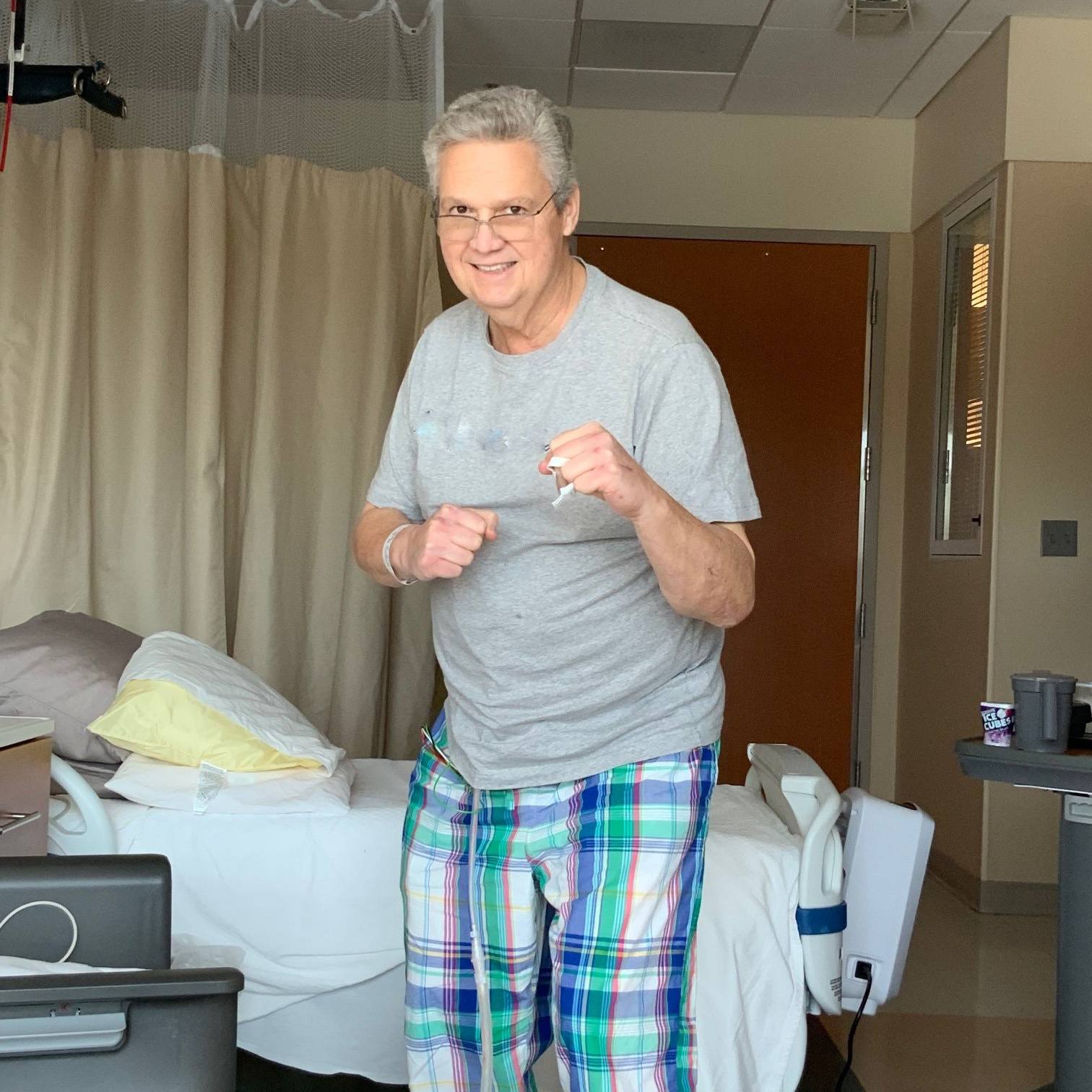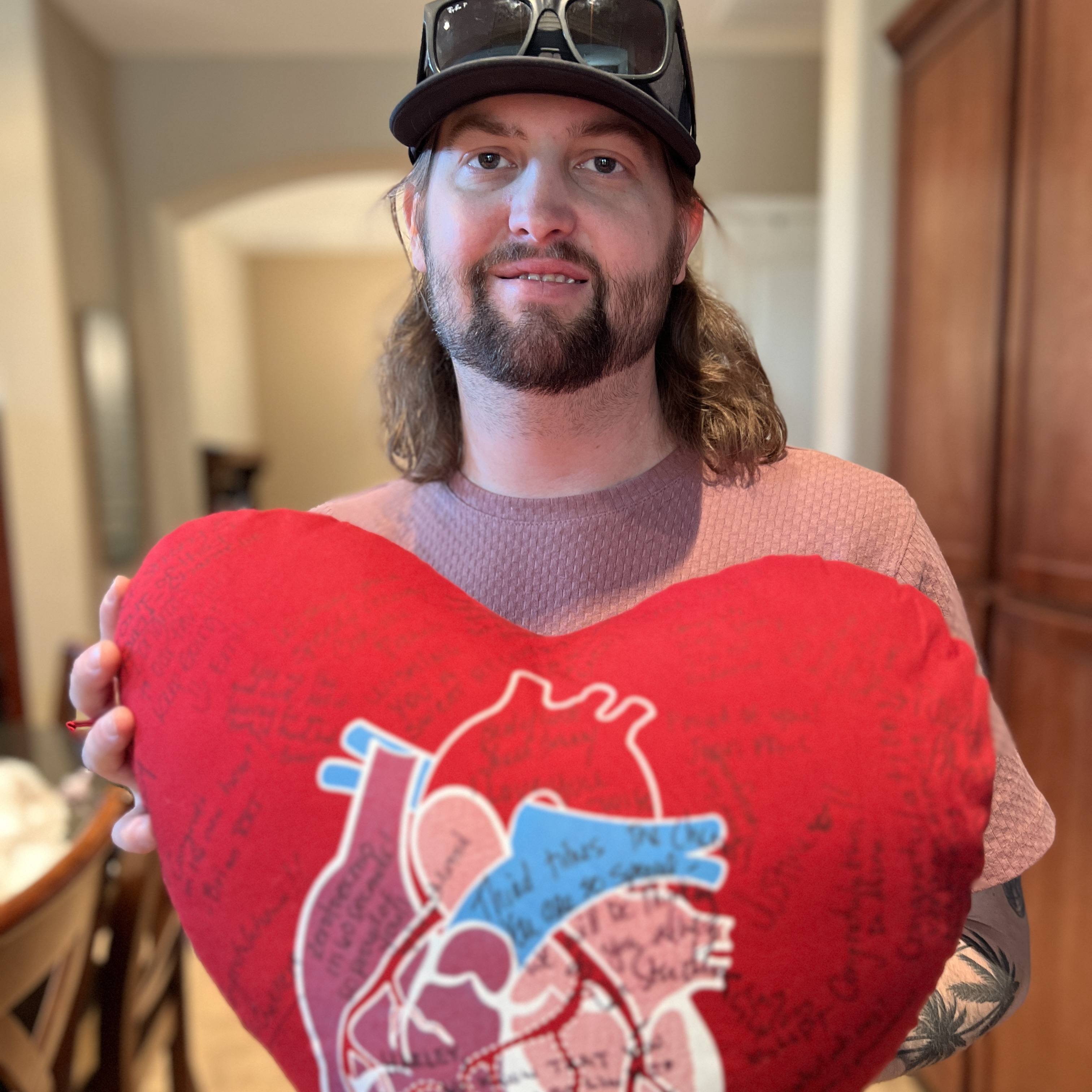Darrin Nelson of Rochester, NY, wrote this blog entry on Sept. 1, 2009, the day after he was released from Mayo Clinic – St. Marys Hospital following minimally invasive heart surgery to repair his mitral valve. This is the second post in a series of four. Check back Wednesday for the next installment.
Coming from Rochester, N.Y., I expected Rochester, Minn., to resemble my hometown. Growing up in New York’s Hudson Valley, a stone’s throw from New York City, I always felt a bit of compromise and simplification by now living in Rochester, N.Y., perceiving it to be a small community. The people are very friendly in Rochester, N.Y., and aside from the name, that is probably where the similarities stop. The greater Rochester, Minn. population is about 1/10 that of Rochester, N.Y. The airport is set amongst farms and is a short 10-15 minute cab ride from downtown. Mayo Clinic is composed of buildings (hospitals and administrative) downtown with a few exceptions. For example, St. Marys Hospital, where I had my surgery, is a mile from this downtown cluster. There are hotels all around and shuttle services run between the hotels, Mayo facilities, and the airport. There is even an underground walkway called the “subway.” With 38,000 employees, Mayo Clinic is Rochester, Minn.'s largest employer, and it's clear that most people around town respect and appreciate the importance of the facility.
Prior to my arrival, Mayo sent an itinerary that detailed a full day of myriad tests I was to undergo, with their locations and times, and ultimately a meeting with Dr. Schaff the following morning. All of my tests were in the downtown cluster of buildings, convenient and easy to get to. It was amazing how routinized the process was. It was a well oiled machine. I don't think I had to wait for any longer than five minutes for any test. It was also interesting to me how much respect everyone I had spoken to had for the Mayo Cardiac unit and in particular, Dr. Schaff. To them, my condition was nothing to be too concerned about, and if I wanted it fixed, I had come to the right place. One cardiologist said, "While there is no sure thing, this is the closest you can come to one."
All went smoothly, until I had my echocardiogram. This echo tech was taking a lot longer than any of my previous three echoes. He left the office and said he'd be right back. He kept his promise and brought three colleagues with him. I felt a hot flash and a sense of fear. If what I had was so eccentric that it would interest four people in a cardiac unit, it can't be good. In minutes, the cardiologist, who was clearly in charge of my case, explained who he was and that we'd be meeting later in the day to discuss the test and my options. He assured me that I had come to the right place, and that I could be fixed. That put me at some ease.
After meeting with Dr. Schaff and running through my list of questions with him, his perspective impressed me. He had done more than 1,000 of these surgeries and believed that there was a 99% chance he could repair my valve. Wow! For the first time in this experience, I felt relieved. I had come to a place that clearly understood my condition, and had thousands of successful outcomes, and was 99% sure it could give me a lifestyle at least as good as what I had prior to December 2008. I left my meeting with Dr. Schaff saying I'd think about my options and be in touch. While I was relieved, I was not ready to commit to anything this big until I thought things over.
During my visit, I had also learned that Mayo had recently embarked on a minimally invasive robotic technique for valve repair. I was provided some information and link to a video on the Mayo Web site that showed a gentlemen playing frisbee with his dog two weeks post-op. I talked to my wife and parents about my trip and included the little I had learned about the robotic option. I also let them know I was going to think about next steps.
As a classically trained computer scientist, I couldn't help but be analytical about this. I had to at least understand more about all of my options before I made my decision. This is the way I treat the rest of my life and business decisions. Why would I do anything different on what could be the biggest decision of my life. I needed to understand all the facts about all my options.
Knowing my father's email address at Mayo Clinic, I guessed at Dr. Suri's email address, wrote him the history of my case, and asked for the opportunity to meet with him to discuss the potential applicability of his procedure to my condition. Within 24 hours I received a phone call from his office asking me to call back to speak with Dr. Suri. This blew me away. So I called him, got him, and we spoke for about 25 minutes. He reviewed my case, his success rate and my medical history. I was intrigued, especially about some statements he had made:
1. He was trained under Dr. Schaff and uses the exact same approach to valve repair that Dr. Schaff uses. He just uses a different tool for the technique that minimizes the body invasion.
2. He performs both traditional open heart surgery and robotic assisted minimally invasive techniques. He has consistently found that those with the robotic assisted techniques recovered in a fraction of the time of the traditional open heart surgery methods.
3. Not every patient is eligible for minimally invasive techniques.



















